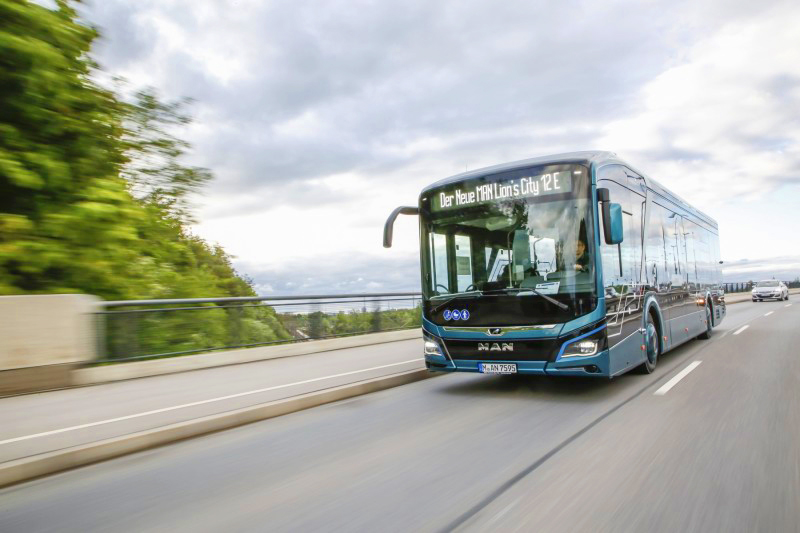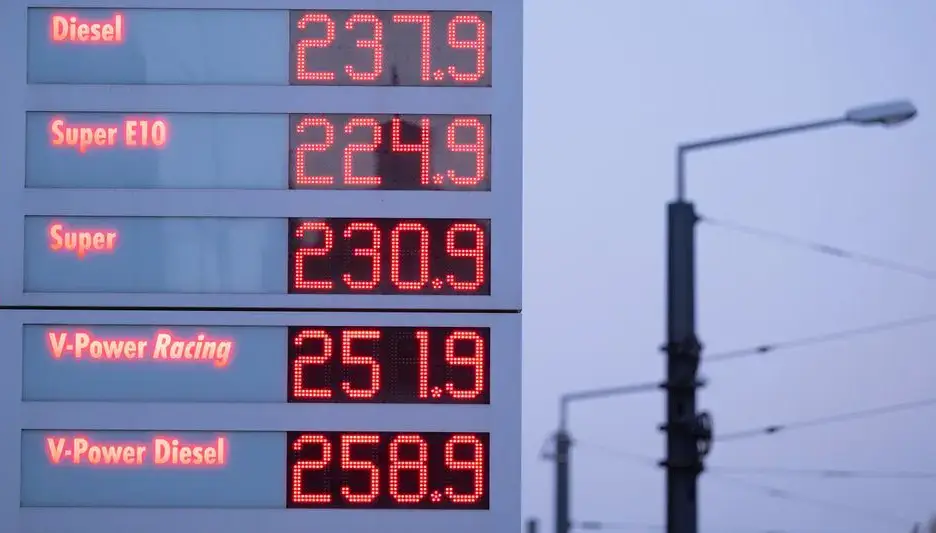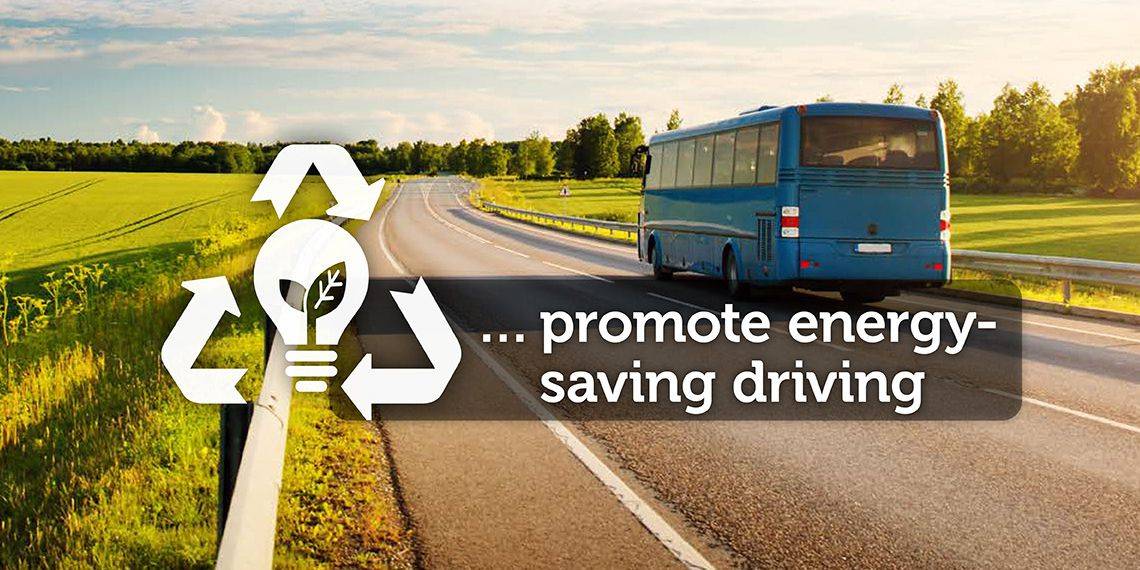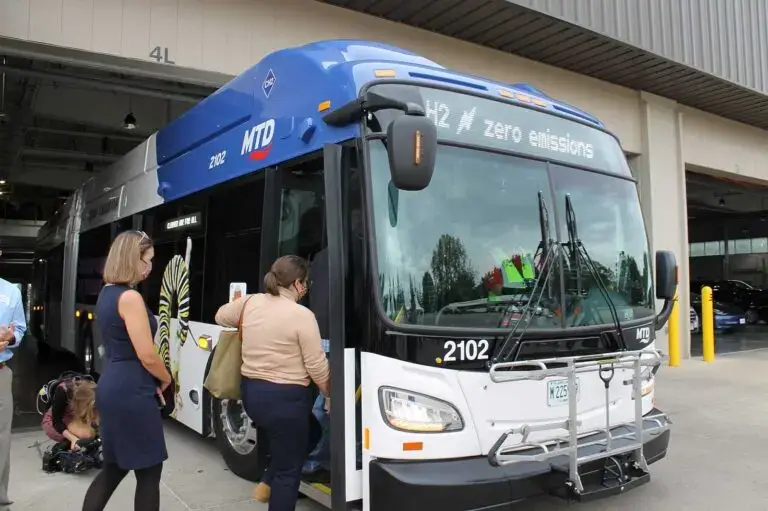Diesel bus emissions – who knows the bad smell?
For an environmentally friendly future in public transport – setting a green example!
Do you know this too? You’re riding your bike to work, school or university and suddenly you notice by the smell: a diesel bus stops next to you.
Noise and odor pollution are the order of the day. Many countries are setting a good example: China, for example, has the largest share of all electric buses worldwide running thanks to subsidies, and Salzburg is relying on the zero-emission OBUS, short for “Oberleitungsbus”. Germany, for example, can point to the VHH in Hamburg or the LVB in Leipzig. In the meantime, every transport company should decide in the long term to convert to electric buses, because this process takes time. So: If you want low-congestion as well as climate-neutral local transport by 2030, you should get started now!

What are the costs of an e-bus?
The purchase price for an e-bus is higher than for a conventional diesel bus, but there are still many advantages. The German Environment Ministry’s subsidy program covers up to 80 percent of the additional costs incurred compared to a diesel bus, and also up to 40 percent of the costs required for startup, such as driver training. As with electric cars, the higher cost of the investment is recouped through lower expenses in operation as well as for maintenance.
Why are e-buses so efficient?
In “stop and go” operation of public transport buses, both energy and brakes are conserved. This works thanks to instantaneous full torque, which an internal combustion engine cannot provide in this way. In addition, a part of the energy is returned to the batteries during braking. Among experts, this is called “recuperation”.
How do driving and charging work on an e-bus?
E-buses drive like normal diesel buses with automatic transmission. They now have a range of several hundred kilometers – so they are a real option for public transport.
Either the driver stops at a charging station and connects the bus to the charging cable or it charges wirelessly, the latter being increasingly the case. Thus, the driver does not even have to get off the bus – very convenient, in other words. There are also various concepts for flexible use: overnight charging in the depot, intermediate charging at stops, or mixed forms. This is also where the difference to the diesel bus comes in: refueling must take place more often and charging must be organized intelligently.
CarMedialab’s software is ready to do just that. MOBILEcharge enables intelligent charging.
Let’s become more MOBILE together!
In cooperation with INIT, the world’s leading provider of integrated IT solutions for public transportation, we have developed solutions aimed at giving you a better overview of your bus fleet. Use the data from your vehicles and charging stations to your advantage.





